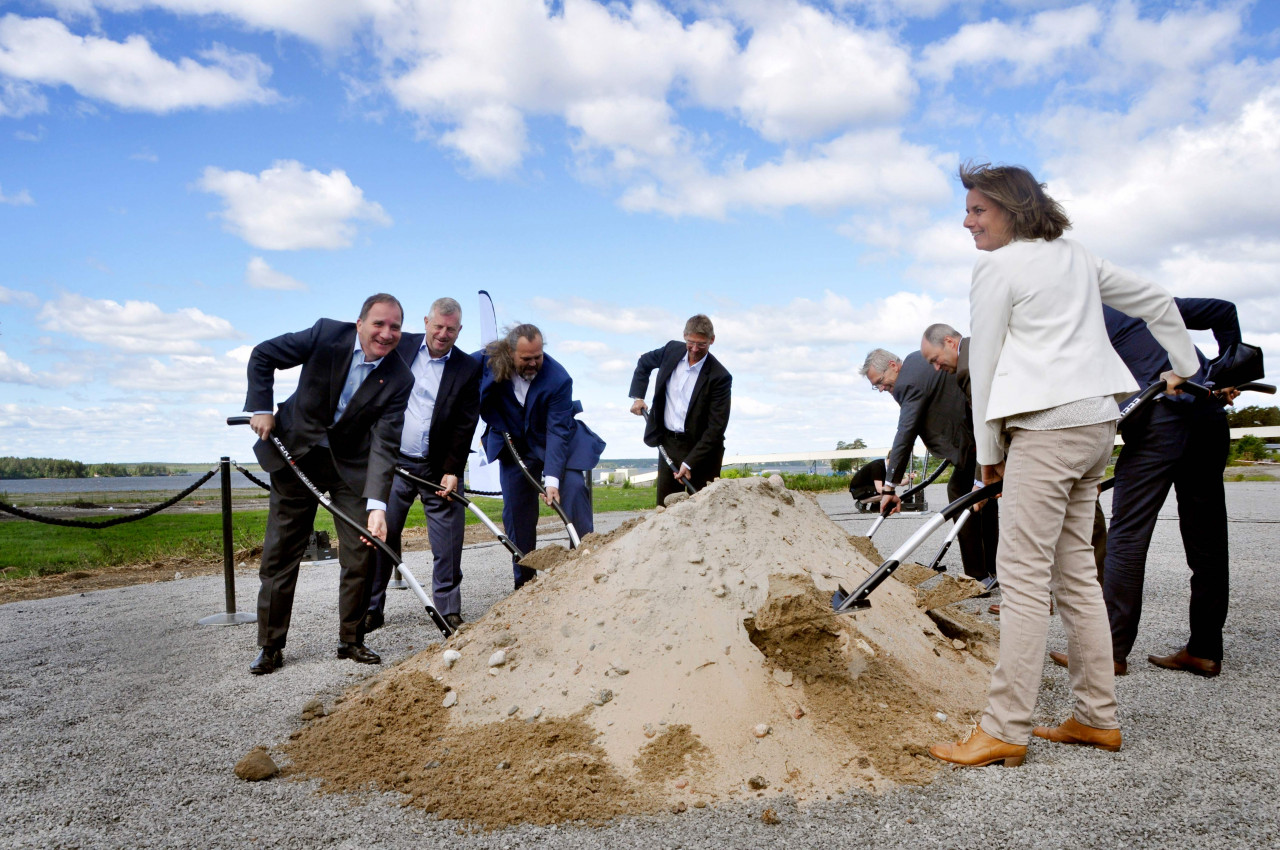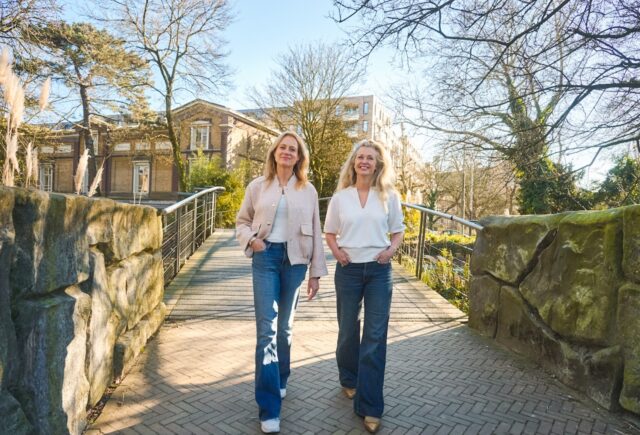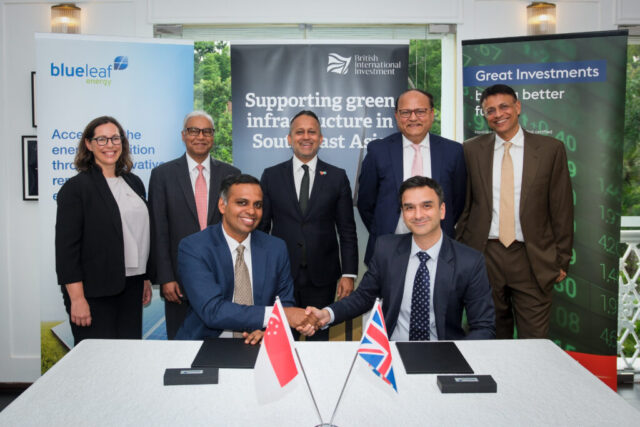Steel has been grey to investors for hundreds of years – literally and figuratively. New technology is changing how they view one of the world’s most polluting industries.

In short
- Making the shift from grey to green steel requires clean energy sources, new technology and innovative enterprises.
- Last week, Swedish green steelmaker Hybrit announced they had delivered the first piece of green steel ever to a customer.
- Investors anticipate that carbon taxes and new regulations will help bring the price of green steel down.
Even though steel is our most used metal, it has been made in basically the same way since the 1800’s. Iron ore is extracted from mines and melted down in blast furnaces, often fueled by coal and coke. This entire process creates and releases tonnes of carbon dioxide into the atmosphere. Steel plants cause 221 Mt of greenhouse gas pollution in the EU [PDF] per year; 5.7% of the block’s total emissions.
In the Netherlands, the Tata steel plant is the country’s biggest polluter. Families living in the area are worried for their health; the media has reported on so-called graphite rains for years.
“You don’t have to do it this way! Even in the Netherlands it would be possible to make a shift away from this very dirty industry”, said Jacob Ruiter, CEO of EIT InnoEnergy Benelux, a sustainable energy investor and innovation network.
Hydrogen instead of coal
The solution to Ruiter spells green steel. The idea is to use hydrogen instead of coal and coke in the extraction and production process. To get there, you need clean energy, from for example wind or waterfall turbines.
“The problem is that all big actors have to chip in: You need challengers (green steel companies, ed), the government needs to be supportive, and green energy operators must be willing to participate”, said Ruiter, clearly disappointed by the Dutch situation.
In the north of Sweden, InnoEnergy has found what Ruiter said is needed. A new steel plant is currently being set up in Boden, not far from the Arctic Circle. H2 Green Steel‘s (H2GS) goal is to “eliminate virtually all CO2 emissions from the steel making process”.
In May the company announced it had raised €86.15mn in its Series A equity financing round. A success, considering that the goal was set for €50mn. InnoEnergy is one of the investors, along with Altor Fund V, Exor, FAM, Kingspan, Marcegaglia, Vargas, and others.
Waiting for the carbon tax
A sprawling interest among investors is new when it comes to steel, according to Carole Ferguson, managing director at Industry Tracker. “Steel is a low-margin business. It comes with big risks and it takes a lot of time to make money, so it is not generally appealing to investors”, said the director of the newly setup research platform targeting industry investors.
“Then again, steel as a material is very important and goes into industries we rely on.”
With green steel, the risks are even bigger than investing in its grey grandparent. The technology itself is still in an experimental stage. Not only is hydrogen fuel being tried out; electrolysis is another option.
Entrepreneurs and scientists still haven’t figured out how to make the steel 100% emission free. The question remains if this can be done, and whether carbon capture and utilization (CCU) or storage (CCS) can be implemented at scale.
Another question mark is how the upcoming European carbon border tax will play out and what the impact of the European Green Deal will be on green and grey industries. All those uncertainties make green steel a less attractive option for traditional investors, according to Ferguson.
“But if investors are interested in having an impact and not concerned just about the risk/reward trade-off or if public subsidies are in place, green steel is definitely interesting. And if you get a real flow of impact funds and ESG funds, private impact capital has a great opportunity to play a role in getting emissions down.”
If you build it – will they come?
Another risk with green steel is whether someone will be willing to pay for it. “I don’t think the price difference will be very big for an end customer buying an Ikea shelf made with green steel”, H2GS Chief Project Officer Maria Persson Gulda said in Swedish daily Svenska Dagbladet last month.
Swedish steelmaker SSAB, owner of green steel company Hybrit, has calculated that its hydrogen-based steel will initially be 20 to 30 percent more expensive. Investors hope that future carbon taxes and the European emission trading scheme will bring prices down. But we are not there yet. That’s why off-set agreements between green steel ventures and their investors play a key role.
Last week Hybrit announced it had produced and delivered the world’s first fossil free steel to a customer. The customer – also a Hybrit investor – is Swedish car maker Volvo Group. They plan to use green steel in their trucks within five years.

Competitor H2GS has similar agreements with its investors: Mercedes-Benz and Scania are planning on using green steel in their cars and trucks once steel production is up and running in 2024.
“That’s what made this such an interesting investment case to us”, said Jacob Ruiter of InnoEnergy, who declined to say how much it has invested in the first round.
“In order to have a real impact on carbon emissions, it is important to us that the entire value chain is included. With Mercedes-Benz and Scania on board we know that the customers are willing to pay for the steel.”
No influence over Billy
So what about that Ikea shelf Maria Persson Gulda of H2GS mentioned – will that materialise in the near future? One of H2GS’s investors is the IMAS Foundation, which forms part of the Ikea group.
“It would be great to see the green steel back in Ikea’s furniture”, said IMAS CEO Petter Odhnoff. “But we are not involved in their purchases, even though it is obviously positive that green steel has the potential to win traction in more sectors.”
Is it a coincidence that two of the most talked-about green steel ventures happen in Sweden? Not according to the people Impact Investor talked to for this story. The country has a high carbon price and an abundance of renewable energy.
“There is a lot of support to decarbonise in Sweden. Very few countries are in this place, and that’s what you need”, said Ferguson of Industry Tracker. “There’s also much more collaboration there between the public and private sector”, she said.
Hybrit is an example of this, initiated by state-owned miner LKAB, steelmaker SSAB and hydro power supplier Vattenfall.
A new funding round
IMAS invested €5mn in H2GS this spring. CEO Odhnoff didn’t want to elaborate on which return they expect. “The investment is too risky in order to do so. Then again, one should be clear that this is not charity we are doing. If H2GS is successful, we expect a very high return.”
H2GS is now trying to raise about €2.5bn in its Series B funding round until spring 2022. “It is not improbable that we’ll be willing to participate in that round too”, said Odhnoff. “To us it is extra interesting that industrial as well as financial investors are involved. You never know which problems may arise in a new industry like this one.”
Ferguson said that it will be interesting to see on what terms H2GS raises the debt part – €1.8bn – of their Series B funding.
“The support for this and its success will be great validation of hydrogen steelmaking and the appetite for zero carbon steel in end markets.”





